I was talking the other day about cer with someone who had received a request for furniture made of this species of wood and wanted to find out as much as possible about it. We started with its resemblance to oak tree, about the natural play of colours which distinguishes it from oak, but also about its tendency to crack. We also added that these cracks, which are much appreciated by the followers of the most natural look of wood and simplistic finish, can be solved - thus increasing the value of the furniture - with the help of ... wooden butterflies. It was at this point that I definitely got his attention, with questions cascading in. She had long known about these butterflies, always admired them, but considered them purely decorative and had never thought they could be useful. His interest and enthusiasm convinced me that the subject was interesting and that you might want to know more about it.
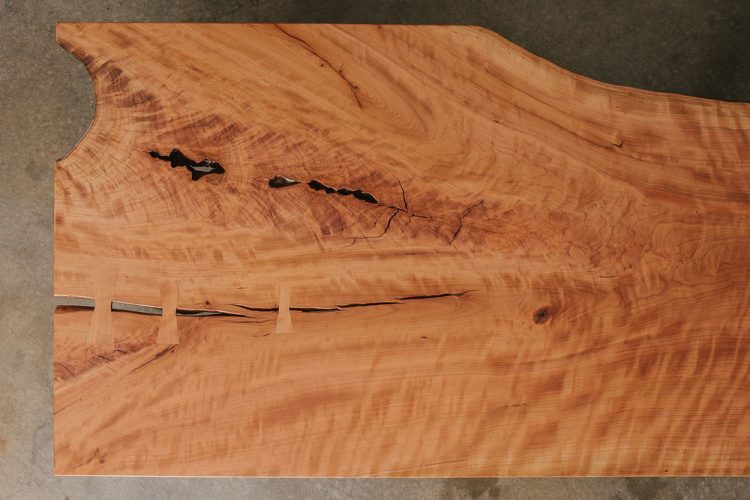
The joints (or decorations) are so called because of the shape that looks like a stylized butterfly. They are also called bow ties (clearly why), ties or Dutch keys. Dressing is not a modern invention. It has been known since ancient times, used to build boats, furniture and wooden houses. The person who reintroduced the joint into modern furniture design was George Nakashima, a renowned American designer of Japanese descent. Nakashima is so important in this field of wood that he has an article dedicated entirely to him. Until then I'll just tell you that tables with sliced wood tops with natural, irregular, butterfly-clipped edges are practically a legacy left to us by Nakashima. In 1988, two years before his death, he was designated a "Living Treasure" in the United States.
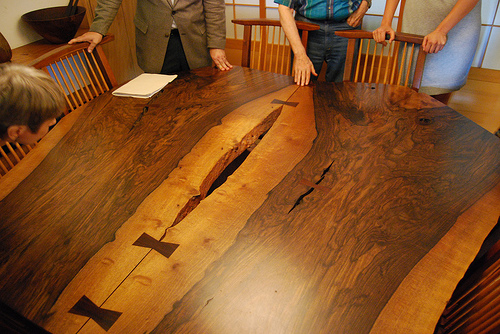
But back to our butterflies and their usefulness. More and more people want, when it comes to wood, a return to the natural, to those unprocessed pieces of wood that carry the story of wood. Also natural are the cracks that appear after the tree has been cut and sliced. During drying, due to the stresses in the wood, especially in hardwoods such as oak, nuc or the sky, cracks appear at the ends of the planks. That part of the plank is removed when the wood goes into production.
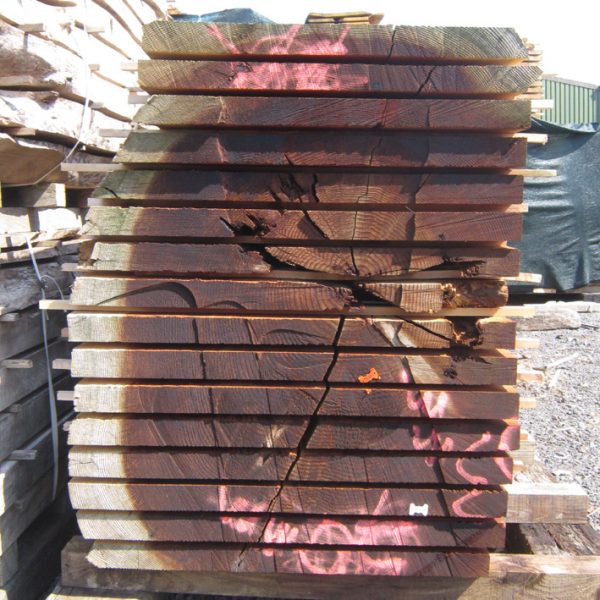
But if we look at these cracks we see that they add beauty and naturalness to the wood. But left like this, there is a risk that over time they will grow and lead to the total cracking of the plank or, even worse, to the destruction of the object made of that plank. To prevent this from happening, the two edges of the crack are clamped with wooden butterflies.
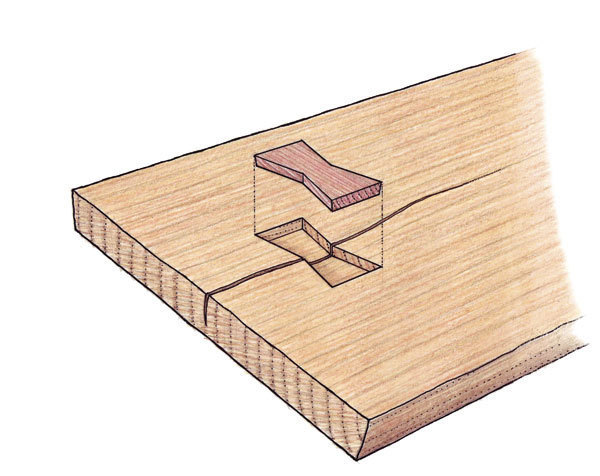
Making joints is not very complicated. There are templates for butterflies, but as we are talking about a stylised figure, it can be made by everyone as they see fit. Recommendations are that the thickness should be between 7 and 10 mm and the length under 80 mm. This is to avoid problems with movement and dimensional variations inside the butterfly. Using the template, draw the design on the 2 edges of the crack, then remove the wood mechanically with a router or manually with a chisel. Specialists recommend that, even if a router is used, the angles should be finished with a chisel so that the fit is perfect.
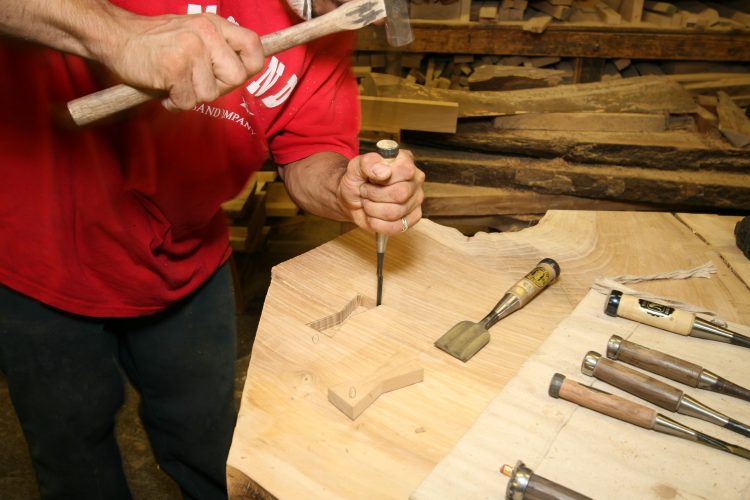
Such joints are not only used for cracks. In fact, they were originally used to clamp 2 separate pieces of wood together. The butterfly is one of the many joints in traditional Japanese carpentry. For example, it can be used to put the sides of a frame together.

Two planks with unfinished sides from the same tree can also be put together to form a table top or bench. And that's how you combine the useful with the beautiful.
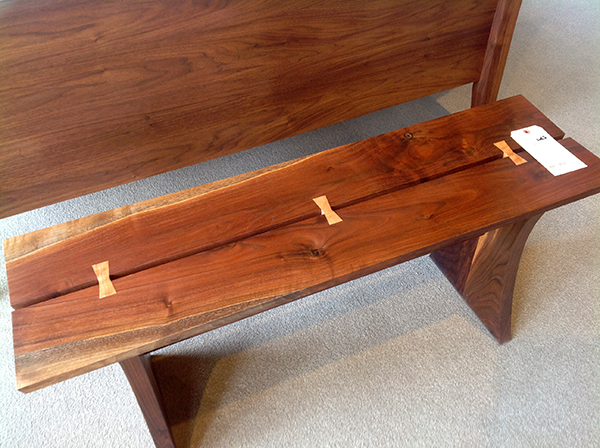
As I said, butterflies can also be placed on wood for decorative purposes. In this case their thickness is not as great, 3-4 mm is sufficient. For the best effect, it is recommended that the wood they are made of is different from the wood they will be placed on and that they are a contrasting colour.
Also for effect, butterflies may no longer be...butterflies, but have other shapes. With a few well-chosen patterns, your tabletop can be transformed into a true work of art.
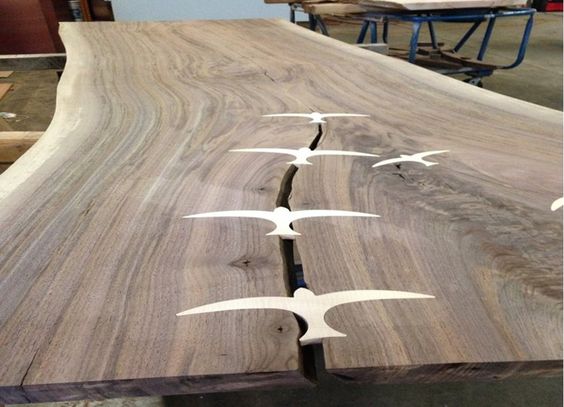
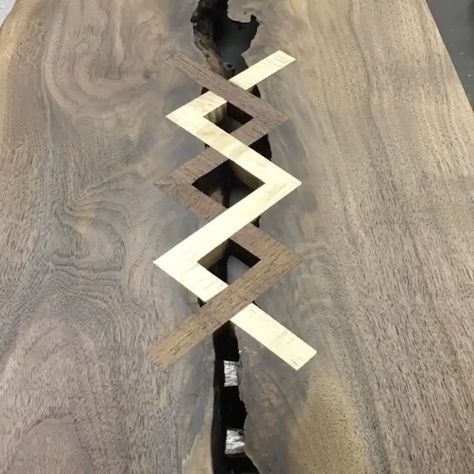
Replacing wood with metal in making the butterfly is all about design and aesthetics and you have to admit it looks great.
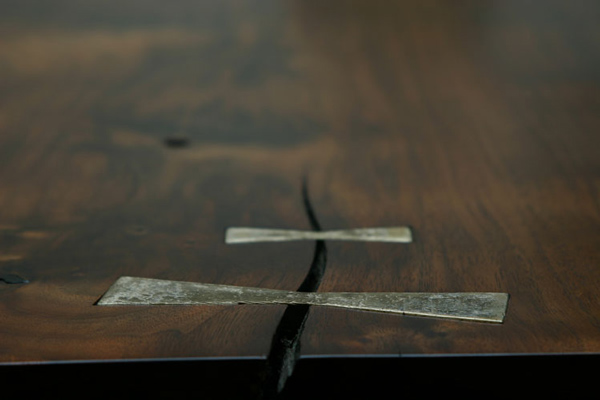
Although butterflies are most commonly found on tabletops made from thick planks of the least worked wood, they are not the only pieces that can be decorated this way. Wooden chair covers, bed boards, dressing tables or wooden flooring can be made out of the ordinary and become special.
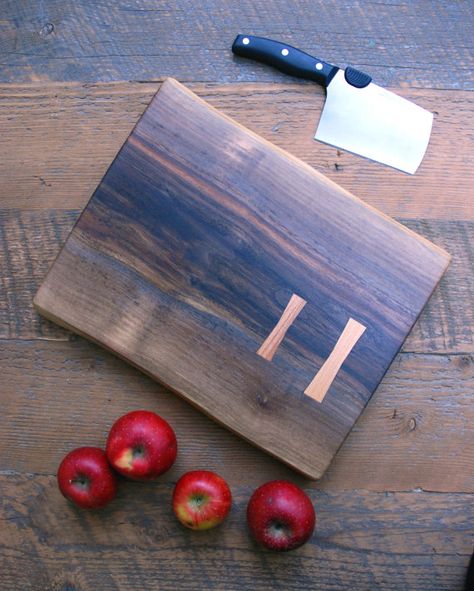
These joints allow wood with problems to be used, retrieving it, practically turning him away from the fire. It's a way of enjoying the natural look of wood, the flaws that make it unique, beautiful and special, without the fear that over time they might destroy it. And the little butterfly is the perfect combination of tradition, simplicity and beauty.
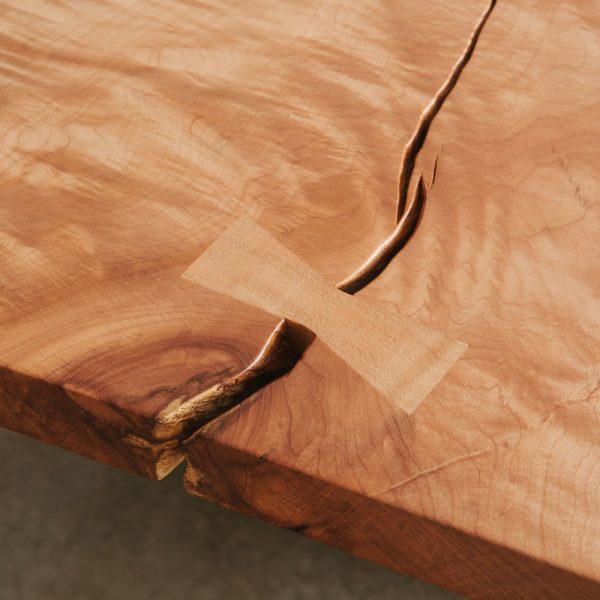





















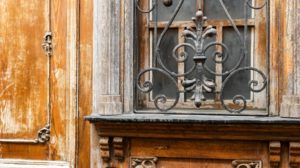

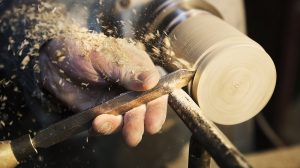
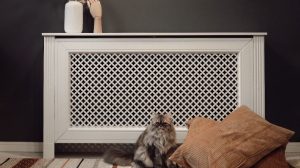

Fascinating - this passionate - way you write about wood!
"Butterflies" seems to me to be a forced formulation. Bow ties, yes. In that vein, with my novice imagination/mind, I wondered: what would this bow tie look like if it were shaped like a butterfly? What if the "butterfly" of great craftsmen turned into a butterfly? It's not impossible but the work requires more/care/time.
Good evening,
Butterfly is the translation of the English term - butterfly joint - and lately, in terms of woodworking, many terms have been taken up in the American tradition. Indeed, many woodworkers use the term bow tie.
As for the butterfly shape, there are many artists who work with wood, so it was inevitable to think of something like this. If you google "butterfly joint" you will find butterflies, even dragonflies. I hope you enjoy this foray into the world of butterflies. 🙂
All the best!